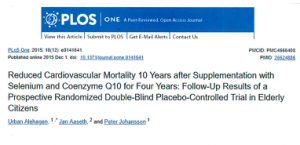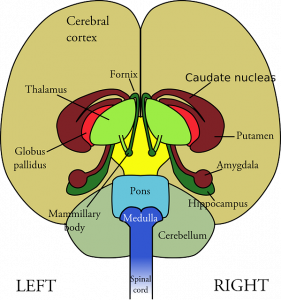
We want stability, safety, and bio-availability from our selenium supplement. The high-selenium yeast supplement – also known as the selenium-enriched yeast supplement – is the best formulation to achieve these goals.
High-selenium yeast supplements are produced using the selenium that has been grown with Saccharomyces cerevisiae yeast (baker’s yeast). Those of us who take a daily high-selenium yeast supplement know that the yeast used in the making of the supplement is dead. The yeast cells cannot get into our bodies and multiply because they are not alive.
Various forms of selenium supplements
There are both inorganic and organic forms of selenium in commercially available selenium supplements. There are supplements made with inorganic forms containing selenium salts like sodium selenite and sodium selenate. Their absorption is not nearly as good as the absorption of the best organic selenium-enriched yeast supplements.


